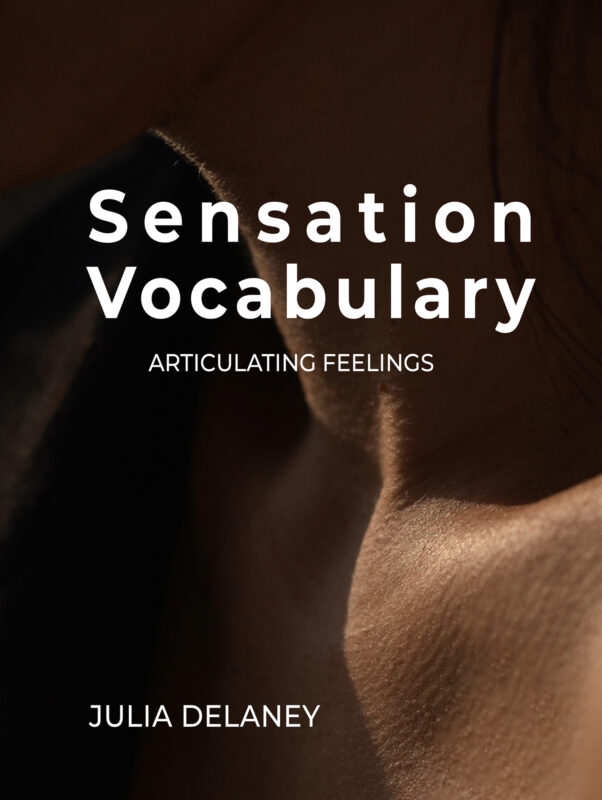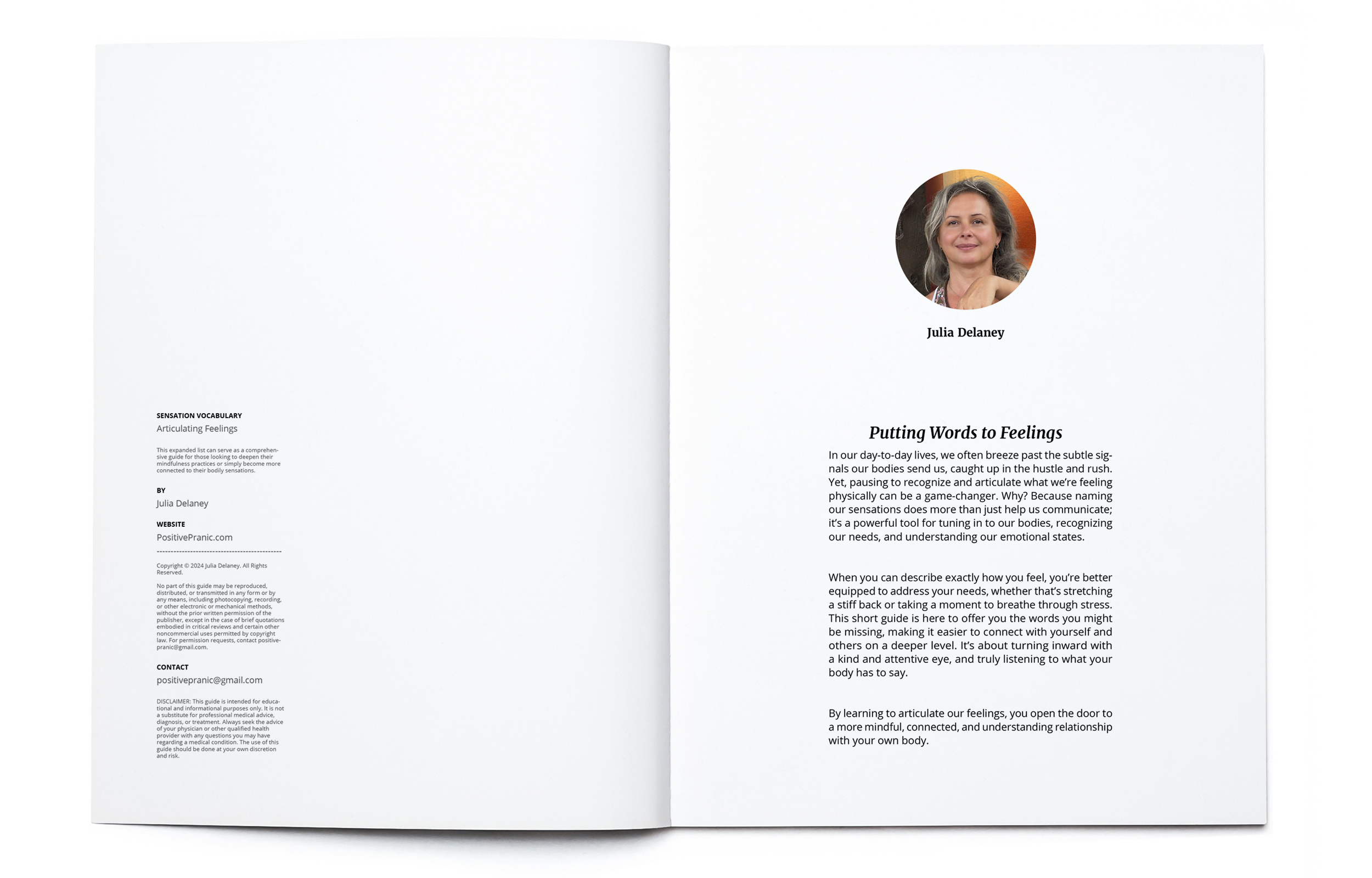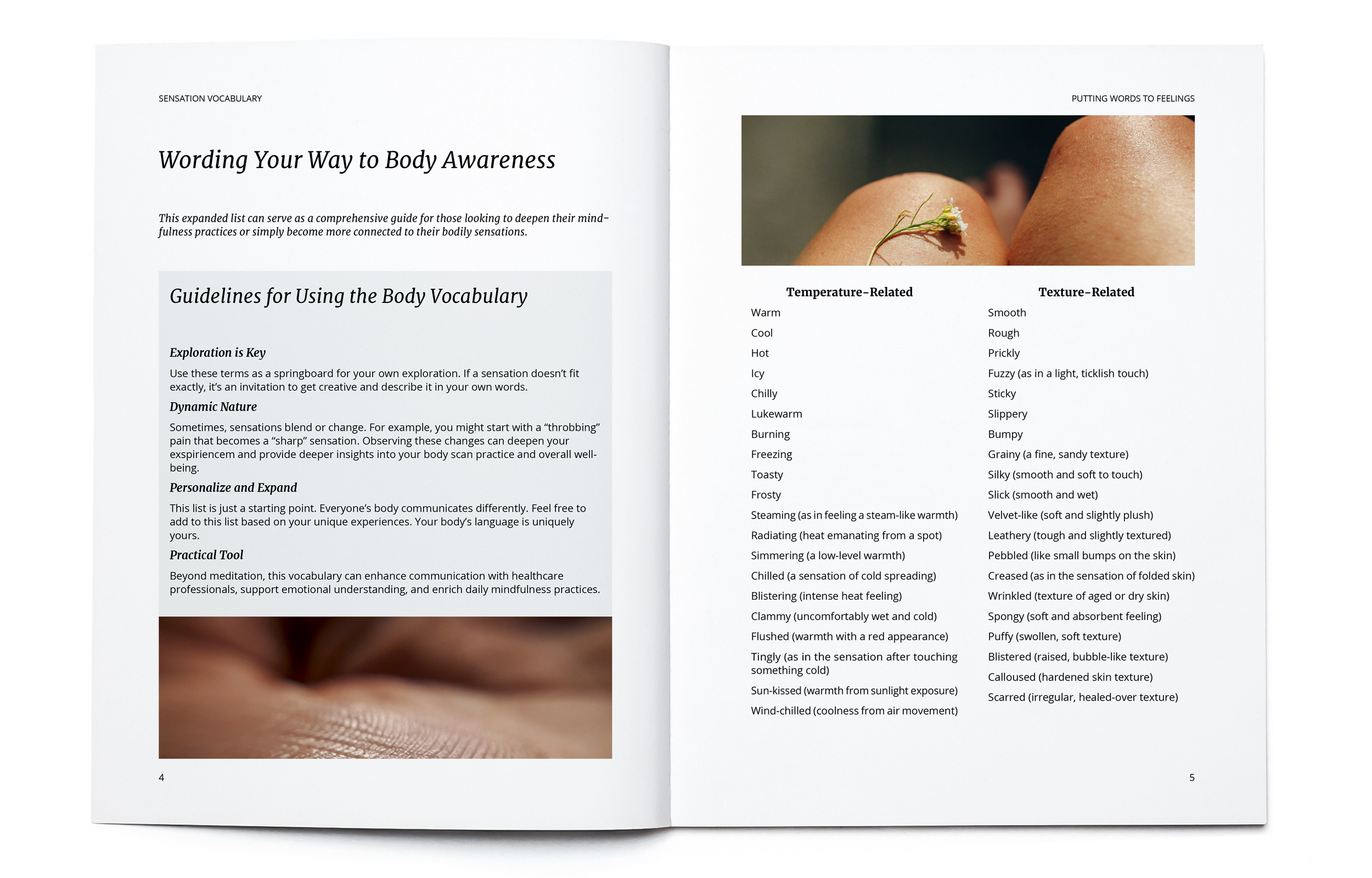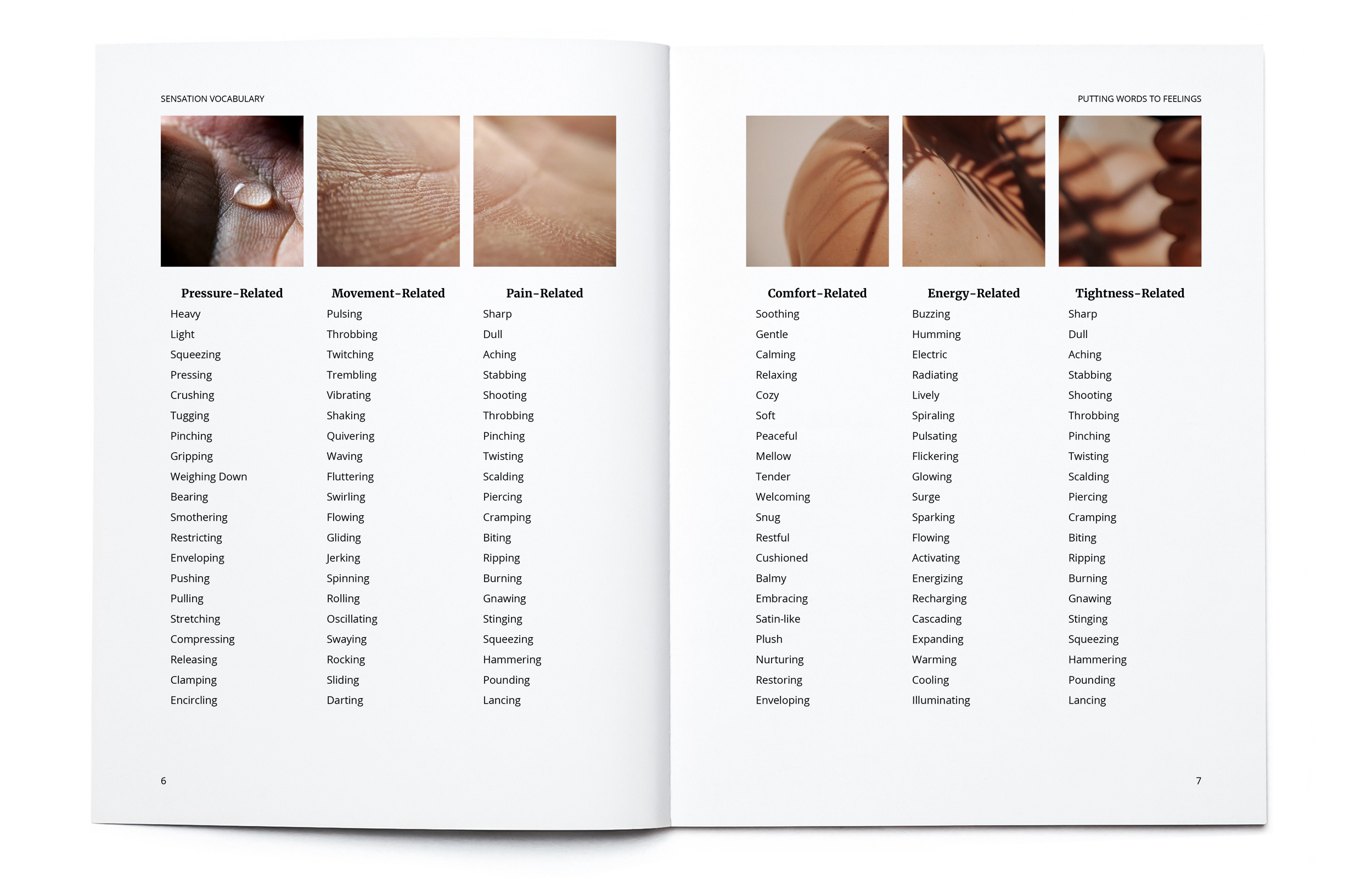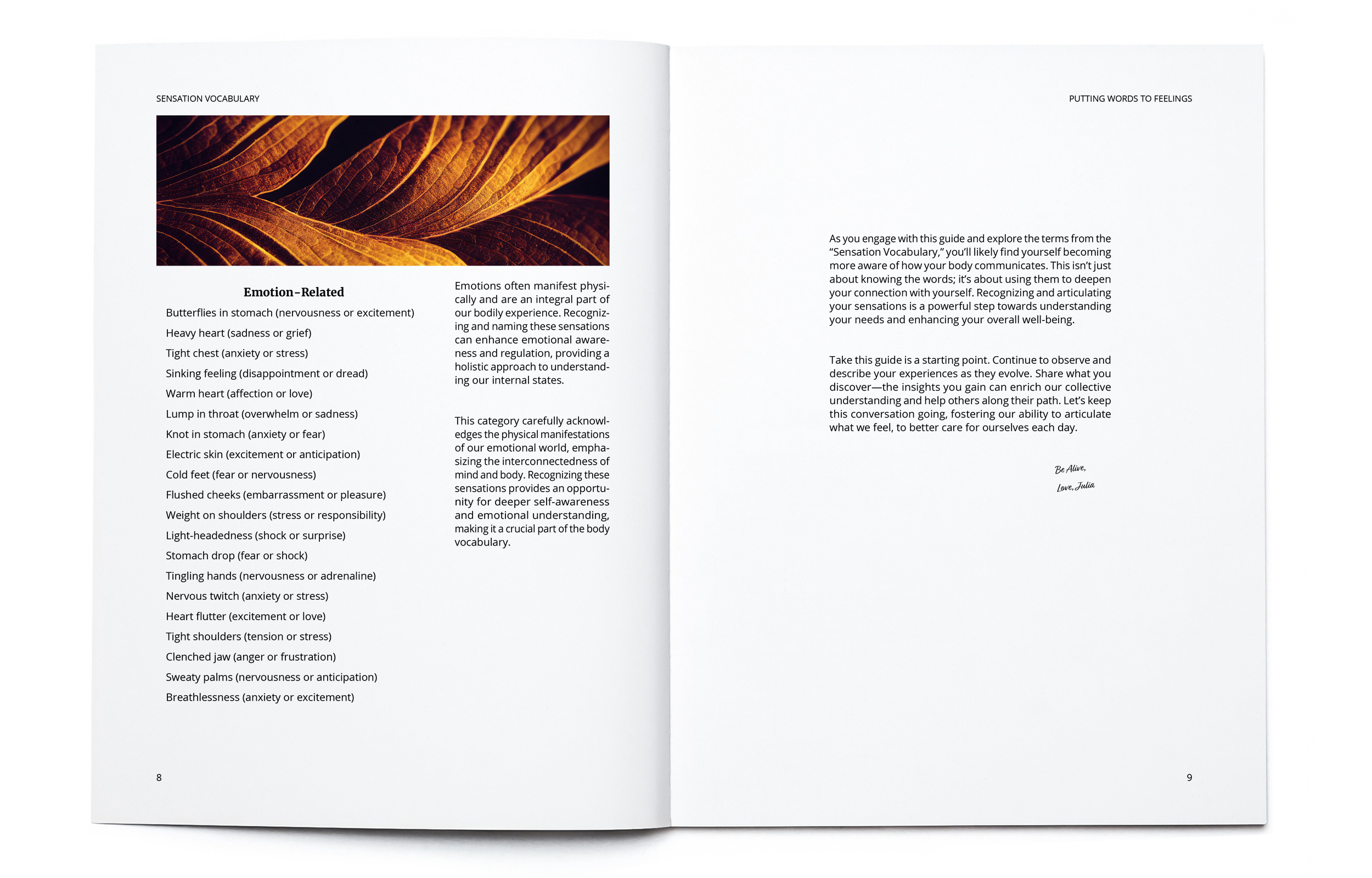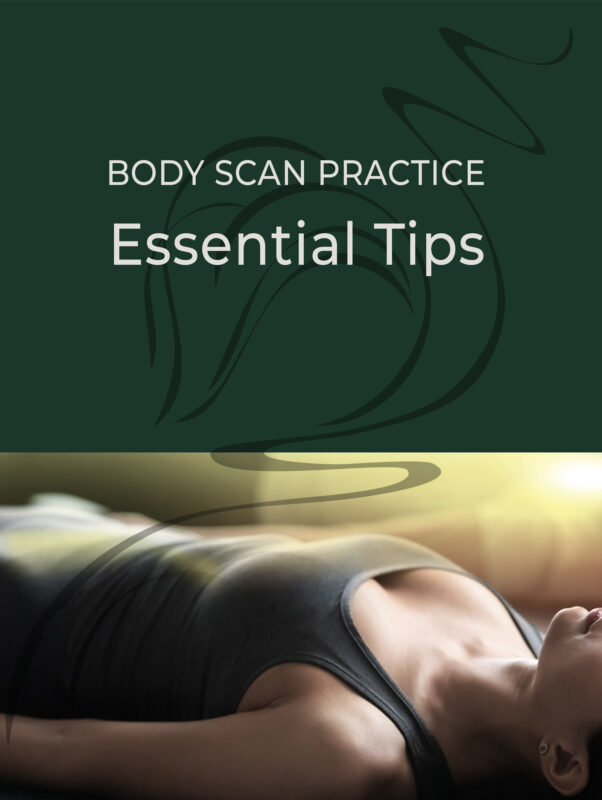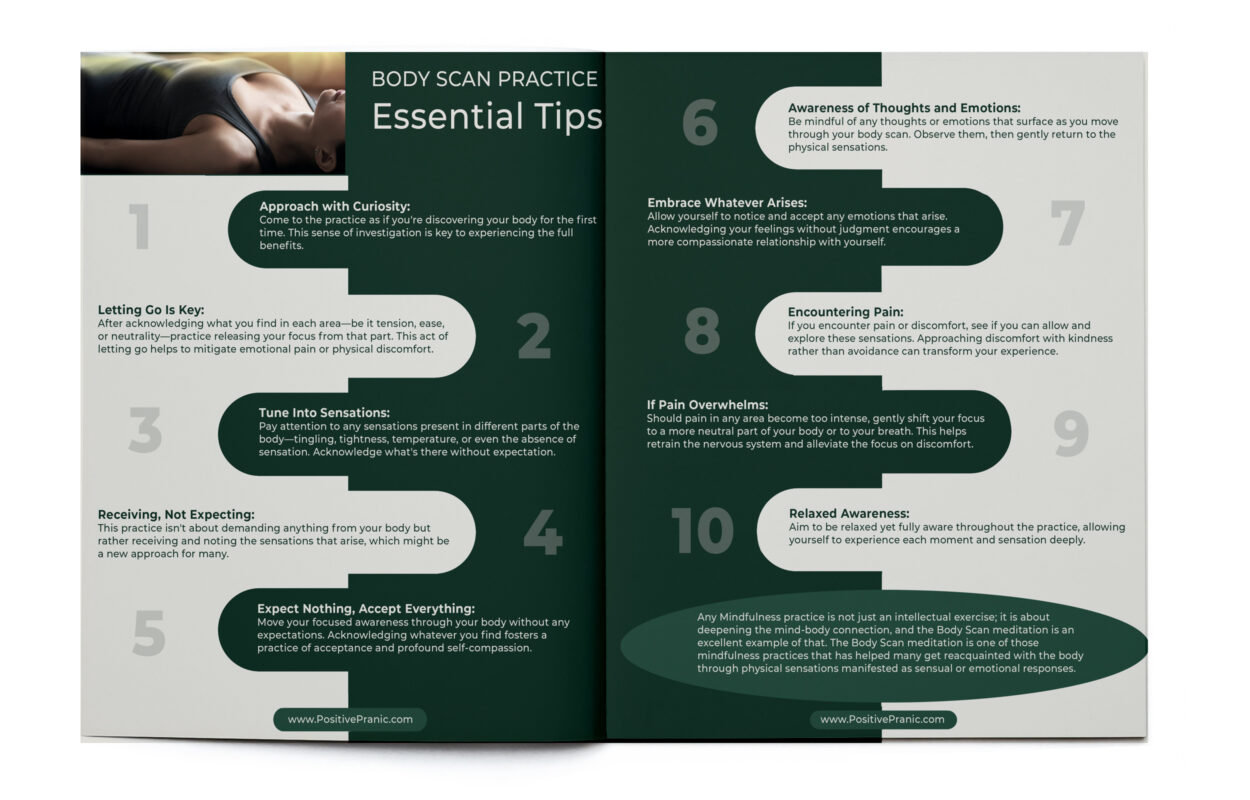Right off the bat, let’s clear the air about something: when we talk about body scan meditation, you might hear it called a body scan exercise or simply a body scan practice. And that’s because it’s all of those things—a technique, an exercise, a practice—that designed to bring you closer to your inner self without any of the intimidation that sometimes comes with the word “meditation.”
The thing is, a couple of key insights can turn this practice from something you try once into a part of your life that genuinely brings relief and calm, something that not just feels effective but truly beneficial. This approach is as straightforward as it gets, welcoming anyone and everyone, whether you’re exploring meditation for the first time or looking to deepen an existing practice.
So, what’s the scoop on body scan meditation?
See how to do body scan meditation so it can help you reduce stress, ease anxiety, and connect with your inner self. In this video I explore the benefits of body scan practice and share simple yet effective tips to make the most of your body scan practice.
Let’s be real here: How often do we actually sit down and have a heart-to-heart with our own body? When’s the last time you checked in, not for aches or pains, but to genuinely listen to what’s happening beneath the surface? Body scan meditation has caught on for a reason.
You know it’s not about needing any special gear, hitting the perfect yoga pose, or having an hour of silence. It’s about dedicating this one moment of your day, finding a spot to settle down, and bringing an open mind to tune into what your body’s telling you, right here, right now.
When it comes down to it, knowing a few simple yet impactful things can make a big difference in your experience. It’s not just about finding a quick fix; it’s about establishing a connection with yourself that honors where you are right now, whether you’re navigating stress, wrestling with anxiety, or just in need of a peaceful moment amidst pain or grief. This isn’t just about doing, you know; it’s about connecting and listening.
At its core, this practice is all about awareness—not the kind where you judge or wish things were different, but a kind, curious awareness that says, “Hey, let’s see what’s going on here.” It’s like meeting your body for the first time, looking forward to discovering its secrets and stories. It’s a date, you know
Approaching with Curiosity
During the Body Scan practice, we change the focus of our attention a lot. It’s easy: You just turn your focus inward and get to know your body bit by bit with a friendly attitude. Why is being curious so helpful, though?
Here’s how it works: By being curious you’re essentially allowing yourself to be present with whatever sensations, discomforts, or emotions arise, without immediately categorizing them as something to be fixed or avoided. This shift in perspective can be incredibly liberating.
And why does tension start to ease off with this? Well, when you stop trying to battle or ignore the uncomfortable bits and just let them be, something cool happens. Your body and mind get the message that they don’t have to be in fight mode. It’s not that the pain or discomfort vanishes on the spot, but the extra layer of stress from resisting it can lighten up. Imagine your body realizes you’re not adding more pressure to fight the discomfort, and that leads to feeling a bit more relaxed.
This way of just noticing without harsh judgment opens up a chance for your body to chill out a bit more than usual, helping ease up some of that tension naturally. It’s like giving your body a nod and saying, “I see what’s happening, and it’s alright,” allowing some of that tightness to unwind on its own.
Letting Go is Key
As you gently guide your awareness from one part of your body to the next, the practice of letting go becomes essential. This isn’t just about recognizing and accepting what you find in each area, whether it’s tension, ease, or something in between. It’s about the deliberate act of releasing your focus from each part of your body after you’ve observed it, and moving on without carrying the weight of one sensation into the next.
This process of consciously letting go, part by part, offers a valuable skill: the ability to acknowledge our feelings and experiences without clinging to them. It’s a deep, practiced form of release that can lessen the grip of emotional pain or physical discomfort, making space for new sensations and experiences. In this way, letting go becomes a dynamic aspect of healing and self-compassion, inviting a fluid, ever-evolving relationship with our inner scape.
Tuning into Sensations
During the body scan practice, you’re essentially diving into the world of your own sensations. Fully engaging with each sensation as it comes not only keeps you grounded in the now but also peels back layers, offering insights into how your body talks to you.
But here’s an interesting thing: how we talk about what we feel can really shape our experience. When you start putting precise names to sensations—calling them out as pulsing, aching, warming, cooling, tingling, or pressure—it’s like cranking up the volume on your body’s communication. This isn’t just about semantics; it’s about becoming fluent in the language of your own body, and getting really specific about what you’re feeling.
Here is an example: say your shoulder is aching and instead of just noting it hurts, maybe you describe it as a sharp pinch or a dull throb. Or if you feel a buzz of energy in your hands, you get curious about whether it’s more like pins-and-needles or a gentle hum.
But why bother getting that detailed?
Well, when you start naming your feelings more precisely, you tune in better. It’s like the difference between hearing a song in the background and really listening to the lyrics and beats; This exploration does more than just bring you into the present moment; It actually helps you feel better and heal better. Because when you get really good at putting into words what’s going on in your body, you’re getting up close and personal with it, really getting into the details of those sensations. This way, your body scan becomes less like a quick glance in the mirror and more like an in-depth conversation with an old friend. And when you pay attention like this, you can seriously dial down the stress and ease the aches more effectively.
This kind of sharp focus helps you and your body work together better, making it easier to let go of tightness and find some comfort. In this way, the act of focusing deeply and describing our sensations becomes a powerful tool for navigating through grief, stress, or emotional turmoil, offering a stabilizing force that grounds us in the reality of the present.
To help you better connect with your body’s signals, I’ve put together a free “Body Vocabulary for Sensations” guide. After you watch this video you can check out the link in the description section to view, download, or print it—whatever works best for you.
Expect Nothing, Accept Everything
During Body Scan practice, it’s important not to expect anything from the body. It is more of a receiving of sensations. Depending on your experience, this may be new to you because, unfortunately, we usually pay attention to our body only if we want it to perform or look a certain way.
So, as you move your focused awareness through your body, allow yourself to acknowledge and accept whatever you find. This means directing our attention to each part of the body without expectation or preconceived notions of how we should feel. There might be moments when you encounter areas within yourself that seem void of sensation, and that’s entirely okay. Noticing the absence of sensation is as significant as noticing tension or warmth. It’s a practice of acknowledging the current state of being.
The point is to feel as deeply and precisely as you can into each area of the body, noting any changes; without judging-good or bad, right or wrong… rather look at it as pleasant, unpleasant or neutral. Whenever you come across a tense area, see if you can allow it to soften. If the area does not soften, simply notice how it feels and just let it be.
This deliberate acceptance goes beyond mere observation—it’s an act of profound self-compassion. By allowing yourself to be exactly as you are, without the impulse to provoke a change or chase a different state, you validate your own experiences. This validation, this unconditional presence with our own being, can be incredibly healing, especially when we going through layers of emotional pain or physical discomfort. It’s a gentle reminder that you are enough, just as you are, in this very moment.
This continued practice of acceptance cultivates a deeper layer of relaxation and peace, extending its benefits well beyond the practice session. I know tt helps me approach my daily life with a softer, more compassionate stance toward myself and my experiences.
Embracing Whatever Feeling Arises
As you guide your awareness through your body, you may discover emotions tucked away in nooks you didn’t expect—a tightness in your chest holding anxiety, a knot in your stomach woven with worry, or even a sensation of warmth in your hands sparking a moment of joy. These sensations are your body’s way of communicating, of letting you know what’s been stored beneath the surface.
When these feelings arise, let them be. If you can, gently acknowledge them. “Here’s sadness… there’s joy… over there, that’s frustration.” This isn’t about engaging with these emotions or analyzing them. It’s about acknowledgment, about giving yourself permission to say, “I see you, I feel you,” and that’s a significant step all by itself.
This act of simply observing your emotions without immediate reactivity can be incredibly liberating. It’s developing this understanding that emotions, no matter how intense, are transient. They’re part of you but they don’t define you. They can be felt and acknowledged without overwhelming you.
This process also helps normalize all emotions, even those we tend to push away. When I began meeting each emotion with a spirit of acceptance, without labeling them “good” or “bad,” I felt like I started fostering a more compassionate and understanding relationship with myself. I’m still working on that though…
So, as you move forward with your body scan, embrace the understanding that every emotion you encounter is an opportunity for deeper self-awareness and healing. You’re learning to coexist with the full spectrum of your feelings, paving the way for a more balanced and peaceful inner world.
Encountering pain during a Body Scan practice
There’s an essential yet challenging, component: encountering pain during the practice. Now, I know what some might be thinking, “Hang on, I signed up for relaxation and peace, not to zoom in on discomfort!” And that’s a totally valid point. Most of us naturally shy away from pain, seeking relief and comfort instead. It’s a human thing, after all.
However, as part of the body scan, we can experiment with a new way of engaging with physical discomfort. Imagine for a moment adopting a stance of open-hearted curiosity towards all the sensations your body communicates to you, without the instinct to either cling to them or push them away. This includes the pleasant, the neutral, and yes, even the unpleasant.
When you encounter a spot in your body where the sensation tilts more towards pain or discomfort, see if you can, just for a few moments, practice allowing and exploring it. This doesn’t mean forcing yourself to endure pain or trying to analyze it away. Instead, it’s about gently feeling the various aspects of the sensation(s), observing them with a sense of allowing, and meeting them with what we call loving-kindness.
Now, let’s be clear: this is not about masochism or some form of endurance test. If you find that the discomfort in a particular area is overwhelming, it’s perfectly okay to redirect your attention. Shift your focus to another part of your body that feels more neutral or even pleasant, or simply bring your awareness to your breath for a while. This isn’t running away from the pain; rather, it’s a strategic pivot, a way to give your nervous system a break and to stop the spotlight from always falling on the pain.
And so you see that by doing this, we’re not only cultivating a richer, more nuanced relationship with our bodies, but we’re also retraining our nervous system. You’re experiencing that you have the power to choose where your attention goes. This approach can change the way we relate not just to physical pain but to emotional discomfort as well. It’s about acknowledgment without attachment, presence without judgment, and kindness toward all parts of ourselves.
Be Alive 🌱,
❤ Love, Julia
GUIDED MEDITATIONS 💗
conversations 💞
DISCLAIMER: The materials and the information contained on the Positive Pranic website are provided for general and educational purposes only and do not constitute any legal, medical, or other professional advice on any subject matter. None of the information on our videos is a substitute for a diagnosis and treatment by your health professional. Always seek the advice of your physician or other qualified health providers prior to starting any new diet or treatment and with any questions you may have regarding a medical condition. If you have or suspect that you have a medical problem, promptly contact your health care provider.










